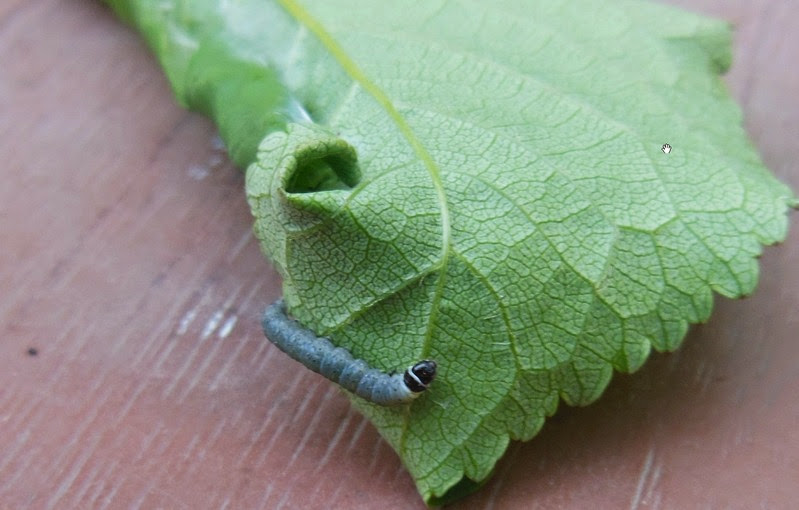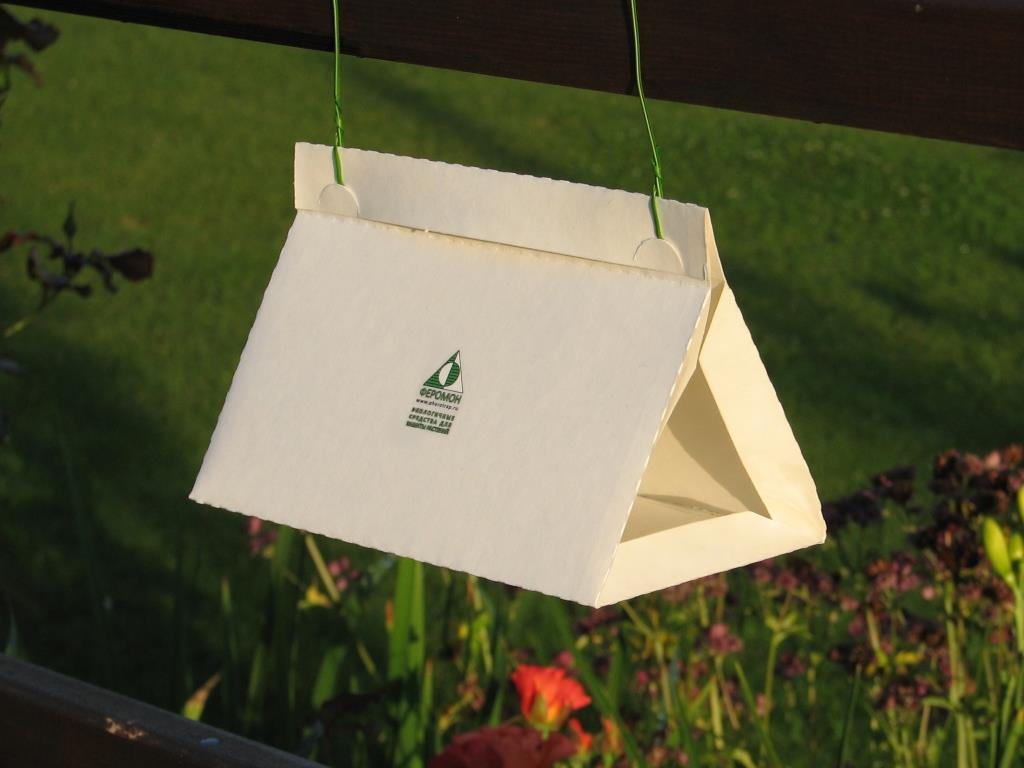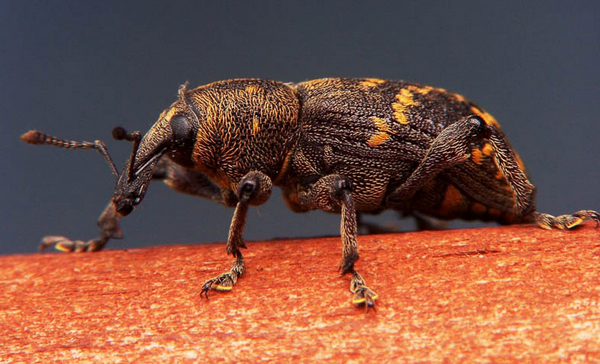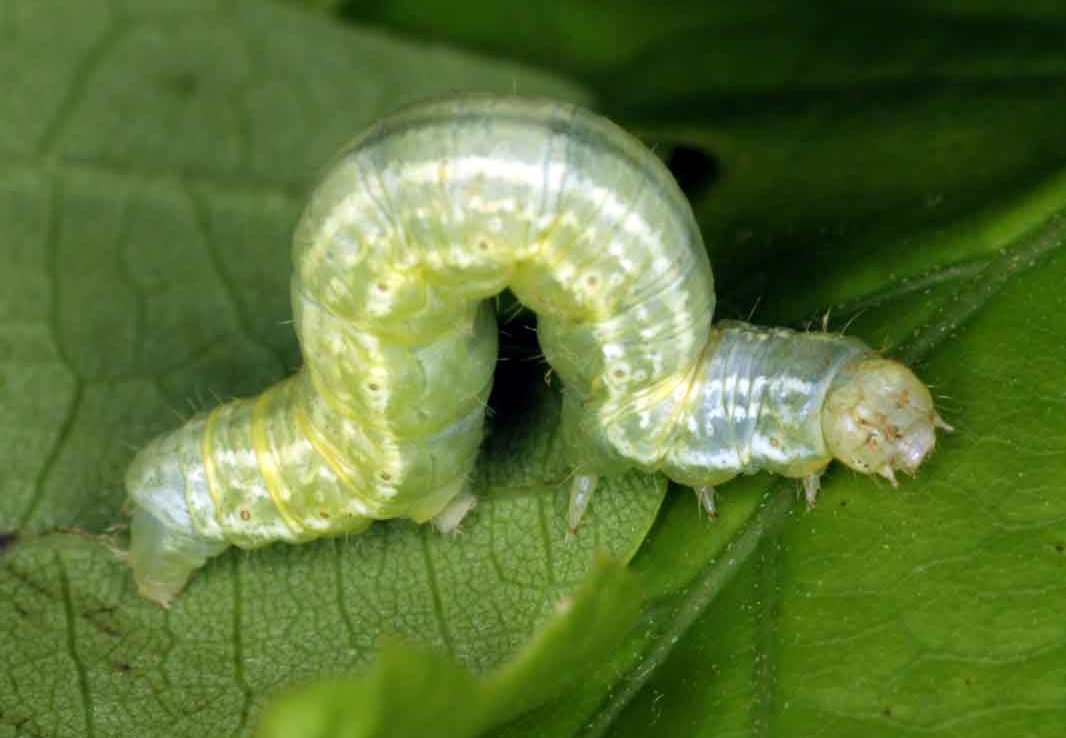How to deal with the apple moth
Content
Methods of dealing with the moth
Active control measures include insecticides against moth caterpillars. They are used during the period of their emergence from the eggs and before they enter the fetus. There can be many drugs of this type, and they are all in one way or another effective, and can help get rid of insects. In summer, the use of pyrethroid drugs should be limited.
At high temperatures, their effectiveness decreases, and frequent or active use can cause mites. It is best to process apple trees during the period of mass distribution of caterpillars, 8-10 days after their appearance. Growth regulators can be very effective. Another category of drugs - biological and viral, also proved to be good. The terms of application are the same as in the previous case. Moth butterflies fly into the light, so it is possible to use light bulbs as traps.
A container with diesel fuel is placed under the light bulb, or sticky paper is placed. Such a lamp also attracts other butterflies, which also belong to pests. Another way is the infusion of wormwood, which is harvested from the moment of flowering. It is dried and stored in a dry place, and the infusion is prepared in such a way that the first day the crushed plants are filled with water and infused, and on the second they are boiled for thirty minutes. Then the infusion is cooled and filtered, diluted with water.
Among the useful recommendations for combating the moth moth, the use of an insecticide and biological agents is distinguished.
At the first application, any drug is first applied to only one plant. If his condition does not worsen by the end of the day, then the drug can be used on all other plants. The drugs are alternated so that the best efficacy is obtained. Crop protection products can be hazardous, so read the instructions on the label thoroughly.
It is necessary to process in accordance with safety rules. The wingspan of a butterfly reaches 17-22 millimeters. The dark gray front wings differ from the hind wings, which are colored light brown. The coloration allows the insect to camouflage and is difficult to distinguish from the coloration of the tree bark.
Caterpillars enter the fruits through the petiole, through the peel, leaving behind a black mark, under the leaf and at the junction of two growing fruits next to each other. The oldest caterpillars are able to get from fruit to fruit, and if it falls, then the caterpillar can travel a long way and return to the tree in a day.
Apple fruits that are infested with caterpillars do not grow and fall. The massive spread of butterflies and caterpillars can deprive the crop at the first stage up to 25%, and at the second and further - up to 80-90% of the fruits. Such moths appear when the tree begins to bloom. Their years lasts for 1.5-2 months.
How to get rid of the leaf roll
The first sign of the leaf roll is the curling of the leaves into a tube. It is imperative to get rid of it, since at first it eats the leaves, and with a large number of caterpillars it can spread to the fruits.The caterpillar settles in twisted leaves, and can fall out of them. Butterflies fly until September, and sometimes until November. It is very easy for a pest to destroy 60-80% of the leaves, and switch to fruits. The popular way of fighting is to destroy the nests.
How it is done - tangled foliage is simply torn down and trampled. In order to save the leaves, getting rid of only the caterpillars, you will have to use pesticides. If chemistry is not welcome, there are special traps for trapping the pest. You can see it in the photo below. The leafworm caterpillar is recognized by its color, it can be from brown to olive.
Eating the leaves of plants, with a large number of caterpillars, they are able to spread to the fruit. When populated, the leaf is covered with cobwebs and curls up into a ball. Diseased leaves are immediately visible, so the tree should be inspected regularly. Also caterpillars tend to change location. The fight should be regular, both preventive and defensive. To save time, use insecticides against pests. Processing begins before flowering. The day of application should be warm so that the larvae do not hide under the bark of the tree. One tree accounts for 2 to 5 liters of water with a solution, 10 ml per 10 liters.
Moth control
A very common garden pest is apple moth. Its caterpillar is small, and the butterfly is silvery-white. The wingspan reaches 20 millimeters. Such a mole damages the leaves of the apple tree, and reproduction can take place in large quantities. If control measures are not taken, all leaves on trees can be destroyed. As a result, not only the harvest of this year may die, but also the next one.
The tree is able to lay the buds of the next year's harvest. If the tree does not create the necessary supply of substances, it may die, and this danger appears after the removal of the deciduous cover. A weakened tree may not survive the winter. A photo of an apple moth can help to visually identify the pest and respond to its appearance in time. How to deal with apple moth? Caterpillars on an apple tree hibernate under shields on the bark. In the spring they go outside, and when the leaves first appear, they gnaw into the flesh. Poisons during this period have practically no effect on them. However, in the interim between feeding and feeding, they become vulnerable and can be sprayed openly. Contact poisons are very effective at this point. It is during this period that spraying should be carried out. For spraying, an emulsion of DDT is made, 100 g per bucket of water. It is also permissible to use DDT paste, 50 grams of this paste is also used for a bucket of water.
Other tracks
There are other types of pests that also cause harm and which must be dealt with. A greyish brown weevil called the apple blossom beetle hibernates in cracks in the bark or under fallen leaves. When the buds begin to bloom, the pest moves to the tree. Feeding on blossoming buds, the flower beetle causes a phenomenon called “crying of the kidneys” - holes with drops of juice appear. You can fight the flower beetle with glue belts and straw, where beetles will crawl.
A pest that lives on an apple tree and a pear is called a winter moth. Females are different from males, they do not fly. Caterpillars also feed on kidneys, covering them with cobwebs. After flowering, the caterpillars descend to the ground on a cobweb and burrow under the leaves. Butterflies appear in the fall, lay eggs for the winter, and glue belts should be used to fight them.
The ringed silkworm harms apple, pear and plums, is a brownish-yellow night butterfly. Silkworms feed at night, and during the day they hide in the forks of branches. The fight against silkworms should be carried out when trimming the crown, removing branches with eggs. The nests with caterpillars are also removed and removed. The remedies can be used the same as against pests that eat leaves.Apple honeydew is a 2.5-3 mm insect with transparent wings. It can both fly and jump. The harm is caused by the larvae of the sucker - they enter the buds and concentrate on the petioles and peduncles. Sucking the juice, the larvae secrete a sugary substance called honeydew.
Fungi settle on the buds that bloom and on the leaves. The yield of the tree decreases, the leaves become smaller, the fruit clutch of the buds decreases the next year. The fight against larvae is carried out with a decoction of tobacco dust, pharmacy chamomile, yarrow. Chemicals can be effective too.
Video "How to deal with the apple moth"
On the recording, Oktyabrina Ganichkina talks about a simple and affordable way to combat these pests.

